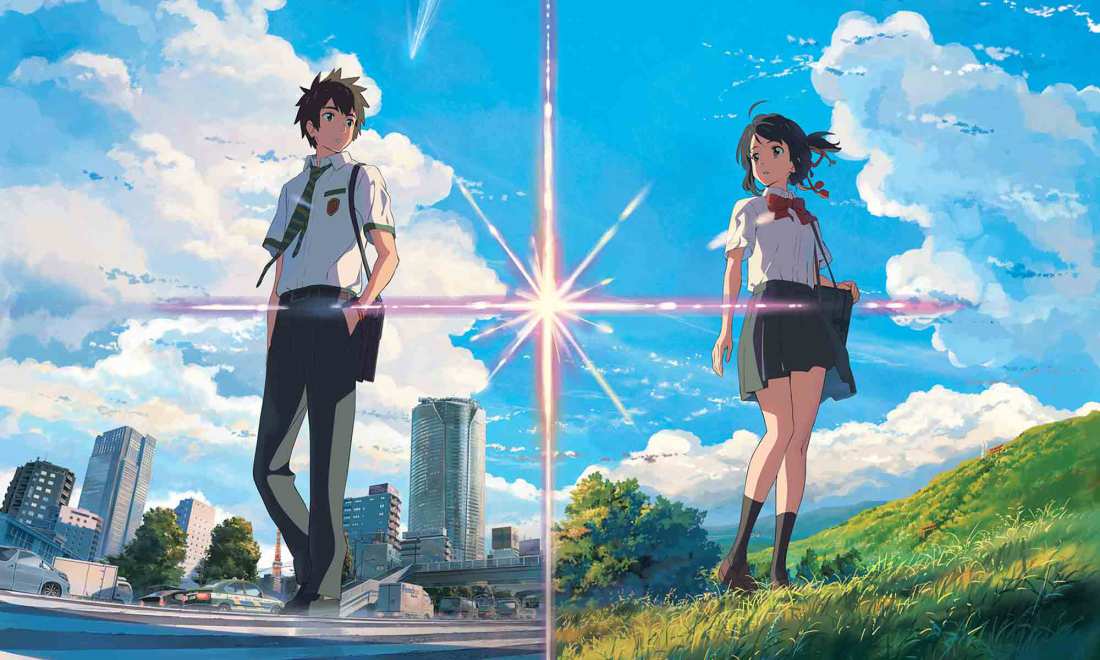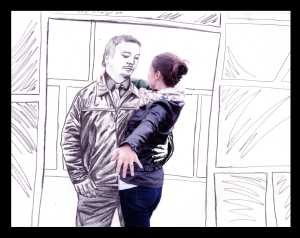
I’m always looking for something, someone.
Working as a unlikely combination of a fun body swap rom-com and a harrowing thriller, Kimi No Na Wa’s tonal shift hits with the weight of a freight train. It successfully engenders so many fleeting feelings; nostalgia, longing, and the fickleness of memory are all given a fading dreamlike quality.
The film will also certainly work as a time capsule, distilling the initial disconnect between Japan’s rich past with its westernized modernity through its two leads. The absolutely stellar background art brings the rural countryside and the bustle of Tokyo to life, highlighting the difference of circumstance for Mitsuha and Taki. However, as the film progresses, we the differences between these two regions begins to fade. This is represented by the excellent visual metaphor of the Shoji, or traditional Japanese sliding doors, equating with the sliding doors of subway trains. Despite all of the differences, there is beauty in both rural and urban life.
In addition to its visual brilliance and deft tone management, the screenplay reminds me of another outstanding 2017 release, Get Out. Much like Peele’s Get Out, Shinkai takes an inherently absurd concept, and makes it plausible through subtly introducing rules, metaphors, and constant foreshadowing. For a movie about mostly unexplained body swapping and time travel, we are treated to a case of Chekhov’s arms stache (sorry), with each twist and story beat unfolding naturally from the last.
It’s not hard to see why this film has been such a financial success, it combines a novel concept with tight screen writing, incredible visual execution that takes advantage of its medium’s strengths, and wraps it in an empathetic ode to the experience of growing up. It is jam packed with interesting cultural details, which serve to reveal little nuggets of eastern ideology. It’s a triumph for anime, and film-making in general.
Rating: 5/5
Advertisements Share this:




